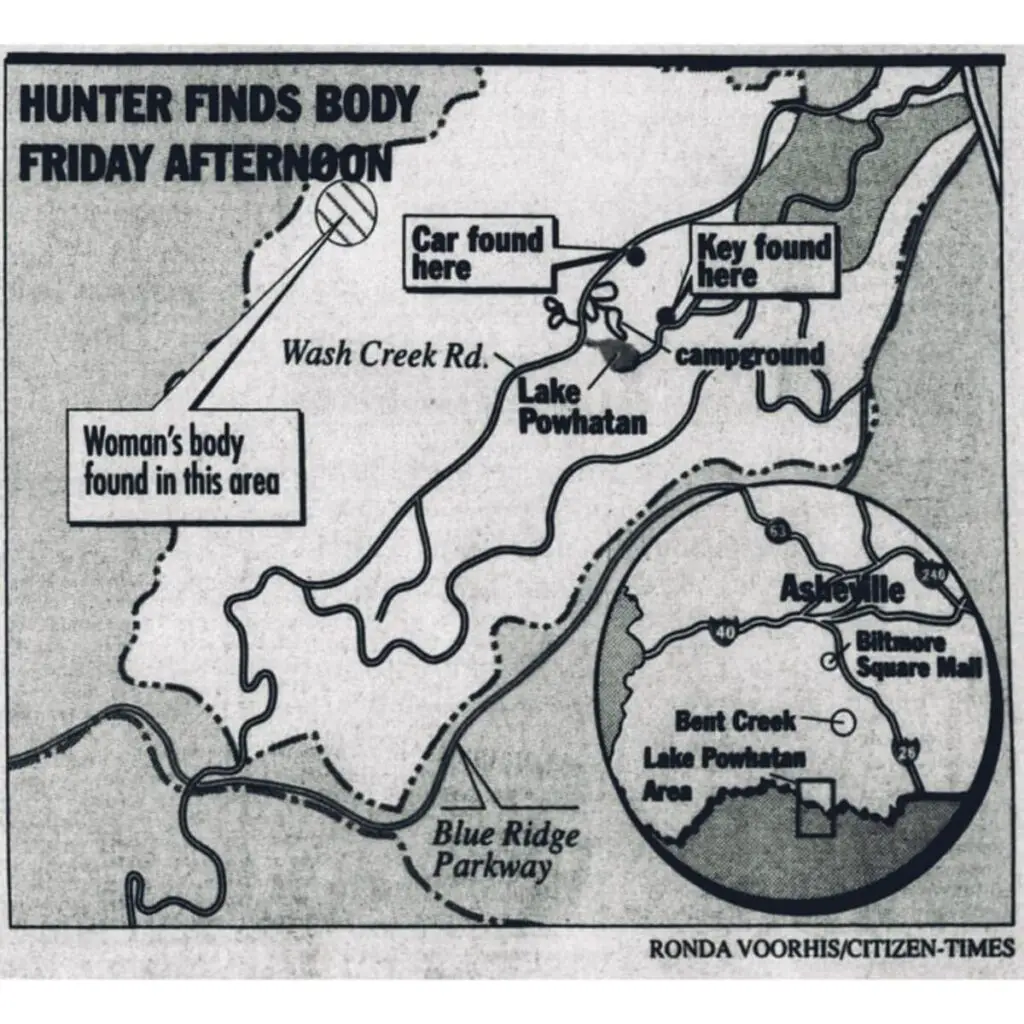Update 01:20 p.m. 03.05.2025
This is the latest version of this reporting toolkit. See an earlier version in the Wayback Machine.
Read this first
No state-level government sector has seen a greater loss in staffing than prisons in recent years — even as the number of incarcerated people is rebounding in many places after a few years of significant declines after the start of the pandemic. When a prison has staff shortages, every aspect of the system is affected, including security, the ability to go outside and access to various services, family visits and medical appointments. Prisons become more reliant on facility lockdowns, which can affect mental health and trigger more violence. These issues often lead to dangerous working conditions for the remaining employees.
More hiring and reducing incarceration are both potential solutions to prison staffing shortages. Some correctional officers and incarcerated people argue that releasing older individuals — who pose little risk and require costly care — should be part of the approach.
Even for those uninterested in prison conditions, the financial impact is hard to ignore. Understaffed prisons rely on costly mandatory overtime, straining state budgets and taxpayers.
This toolkit contains data from a Census Bureau survey of government pay and employment, along with reporting resources based on The Marshall Project’s ongoing coverage. In addition, you can schedule a consultation to discuss specific reporting hurdles in your jurisdiction or get general advice on navigating the criminal justice beat.

Get the data
The Census Bureau compiles government payroll data through the Annual Survey of Public Employment & Payroll (ASPEP).
This survey gathers information on how many people work in different state and local government functions, from air transportation to corrections systems and policing. The Marshall Project compiled the historical state-level government employment data from 2003 to 2023.
Download the data here, along with links to detailed documentation from the Census Bureau and caveats we discovered while reporting.
This data is useful for understanding yearly changes in state-level government staffing across government functions. For example, this data can be used to track and report on employment by state university systems as well as state prison systems. Trends in other functions can also be compared against correctional staffing.
Staffing figures tell only part of the story, as the Census data — which counts all state correction system employees, including administrative staff — may differ from agency records. You should attempt to report further by contacting your state’s corrections department, showing contacts these figures and asking them to confirm and explain the numbers using their own records.
In the past, the Census Bureau’s press office has been available to answer questions about ASPEP. You can reach its public information officers at [email protected].

Use these interview questions
We’ve created a list of reporting questions that you’re welcome to use when interviewing state agencies in charge of administering prisons, the facilities themselves, groups like labor unions and people affected by the system.
Here is a tip sheet with our recommended questions as a starting point for your reporting.

State-specific data points
- Twenty-five states showed prison employment losses of 10% or more from 2019 to 2023. Georgia (-27%), North Carolina (-27%), Nevada (-26%), New Jersey (-22%), and Wyoming (-20%) showed drops of 20% or greater compared with 2019.
- Despite the long-term national trend of decreasing correctional staffing, some states saw an upswing from 2022 to 2023. Tennessee (11%), Mississippi (10%) and Kentucky (10%) increased correctional staffing by 10% or more, while Texas and Florida both reported more than 1,000 additional workers in 2023 than in 2022.
- Georgia, which had the largest percentage decrease in staffing from 2019 to 2023, has experienced sustained problems with prison deaths and violence that continue as of 2025.
- North Carolina had the largest drop in correctional employment from 2022 to 2023 — 18% in one year. WUNC interviewed the chief deputy secretary of operations at the state corrections agency in 2024, citing a 40% vacancy rate. In the same year, a writer who has now been incarcerated for 23 years in the state said, “I’ve never seen prisons this out of control.”
- Louisiana adopted legislation in 2024 that eliminates parole for most people moving forward, something that is likely to increase the prison population. After significant losses during the pandemic, Louisiana saw an increase in prison staffing from 2022 to 2023, but staffing was still 8% lower than 2019 levels. At the same time, pay increased per full-time employee by 32% from 2019 to 2023.
- In recent years, West Virginia (which has seen one of the larger percent decreases since 2019), Florida (which added over 1,000 corrections staff from 2022 to 2023) and New Hampshire (which had a five-year decrease of about 11%) have called in the National Guard to support their prison operations. How did officials justify that approach? What’s being done in those states to reduce their reliance on using the National Guard as prison staff in the future?
- While half of all states increased their prison staffing from 2022 to 2023, the decline in New York continued with a loss of 4% year over year. In early 2025, guards went on an unauthorized strike citing understaffing, safety and pay as primary concerns.
- Missouri is among the bottom five states for pay per employee and saw one of the largest drops in overall employment — 18% — from 2019 to 2023. However, the state increased pay per employee by 38% in that time, one of the largest increases in the nation, and saw a slight increase in employment from 2022 to 2023.
- Ohio, which ranked in the top 10 for overall prison employment, was in the middle of the pack for losses with a loss of about 10% from 2019 to 2023. Pay per employee increased about 26%, which is also roughly in the middle among US states.
- Mississippi has the lowest pay per correctional staff in the country. The state saw a small drop in employment of 1% from 2019 to 2023, mostly due to one of the highest increases in staffing (10%) from 2022 to 2023.
- Several states had negligible losses or small gains in staffing from 2019 to 2023 – Iowa, Alaska, Washington, Utah, Nebraska, Mississippi, North Dakota, Idaho, Rhode Island, and Hawaii.

Expert sources
-
Kelli Canada, University of Missouri, associate director of research and associate professor: Canada and her team developed the Missouri Innovation Network, a model that “brought together staff members and prison residents to discuss and implement ways to improve conditions.” She can speak to how prison staff shortages impact prison culture and climate. Email: [email protected]
-
Brian Dawe, One Voice United, national director: Dawe runs the advocacy organization for correctional officers that describes itself as “a conduit for correctional officers and staff to raise issues of concern and voice their opinions.”
-
Shannon Heffernan, The Marshall Project, staff writer. Heffernan reports on prison conditions and the experiences of the incarcerated, their families and corrections officers, among other criminal justice topics. She previously covered Illinois prisons for 15 years while reporting for WBEZ. Email: [email protected]
-
Terrica Redfield Ganzy, Southern Center for Human Rights (SCHR), executive director. Ganzy has over 20 years of litigation, advocacy and teaching experience regarding a wide range of issues related to the criminal legal system, particularly in the South. She can speak to matters related to indigent defense, racial inequity, prison and jail conditions, criminalization of poverty, the death penalty, and training standards for lawyers handling capital cases. Email: [email protected]
-
Alan Mills, Uptown People’s Law Center, of counsel lawyer and former executive director. UPLC is a community-based legal clinic that advocates for incarcerated people in Illinois, as well as poor and neglected people in Chicago. Mills can speak to the impacts of correctional officer staffing shortages in prisons, as well as shortages of non-CO personnel such as medical and mental health staff. Email: [email protected]
-
Nicole Schult, Uptown People’s Law Center, legal director. Schult works on UPLC’s incarcerated people’s rights cases, including all of the organization’s class action cases. Email: [email protected]

Use this illustration
You are welcome to republish the provided illustration within any stories derived from the materials in this toolkit, along with any related social media and newsletter promotion of those stories. Dion MBD must be credited in all uses and you can learn more about the illustrator here. The illustration should not be published in unrelated stories. The illustration should not be cropped or altered in any way. Please email us with any questions.


Sourcing considerations
Stories about staffing declines in prison benefit from a mix of sources. Incarcerated people and their families can help distill the harm of declining staff and overpopulation in prisons. Institutional sources such as prison union representatives and prison officials can shed light on the policy failures that led to a decline in staffing, while also exposing the consequences for people employed in the facilities.
Reaching institutional sources
Staff who are currently employed in a prison are often barred from giving interviews without approval from the administration. These interviews may be necessary and even fruitful. But to get a more nuanced picture, you’ll want to reach officers who can speak openly. We recommend several approaches.
Contact your local officers’ union. Many states have an official union that represents corrections officers. To learn more about the union in your state, you can read industry reporting by Corrections1 or visit our correction officer union tag page in The Record.
Request the staff list. Another way to find prison employees is to officially request the staff list and cold-call people. However, waiting on a records request can be time-consuming and there’s no guarantee people will speak with you. If talking with former staff would be beneficial, you may be able to request a list of staff who recently vacated their positions.
Use LinkedIn. If you are looking into a specific prison, look for officers on LinkedIn using the prison name. We have found that these sources are often higher-ranking than the staff who work directly with incarcerated people. Still, these interviews can be illuminating. If you find past employees, that can be useful, too, as they may have more latitude to give an official interview.
Reaching incarcerated people
The Marshall Project is in touch with incarcerated sources around the country. In some cases, we may be able to connect you to someone behind bars in your state. Please reach out to our engagement editor, Nicole Lewis, if you are interested in being connected to an incarcerated source.
There are some important things to consider when interviewing incarcerated people. For starters, people in prison can sometimes face consequences for speaking to the press. Before you reach out, read the entries on informed consent, people-first language and building trust on our resources page.
Family first. Family members of the incarcerated can be great sources of information about prison conditions. They can also help you connect directly with their loved ones behind bars. We recommend searching for family member Facebook groups in your state, using names of specific prisons. Many of these groups are private, but you can friend and message the moderators and let them know what you’re looking for.
Consult the lawsuits. Sometimes lawsuits about harm as a result of declining staffing make their way to court. You can find federal lawsuits in your state by using PACER and CourtListener to look for people who have sued over this issue. You can also reach out to local civil rights lawyers or advocacy groups and see if they’ll connect you to their clients in prison.
Connect with people coming home. People coming home from prison are often able to speak more freely than people behind bars. Consider reaching out to reentry facilities near you to see if staff would connect you to someone who was recently released. Some states publish lists of parolees, which can provide a good starting point for identifying people to interview or speak with.
Connect with relevant organizations
As you think through your reporting plan, here is a list of organizations that can help add national context to your story and may be able to help you connect to expert sources as well as sources who are or have been incarcerated.
- If you want to connect with lawyers working on improving prison conditions, or learn more about ongoing human rights lawsuits behind bars, contact the ACLU National Prison Project.
- Consider reaching out to the National Institute of Corrections to speak with prison staff and administrative officials to learn more about prison policy and training.
- For data and research on prisons in your state, you can contact the Vera Institute of Justice.

Style and standards guidance
Here are a few of the thorny issues that could arise during the reporting process, and guidance on how to resolve them. For a more general overview of our styles and standards, please review our resources page.
Complex solutions. Understaffing in prisons is a systemic issue that does not have an easy solution. Your reporting based on speaking with official sources, advocates in your state and people behind bars will reveal the angle for your story. These pieces are at their best when exploring the nuances.
People-first language. If you include interviews with people in prison or staff working behind bars, please review our resources page, where you can find language and style guidance.

Share your work
Thank you for using this toolkit to create your own local criminal justice reporting! Please help us track your work and potentially share it in our newsletter by emailing us a link to your reporting.
Credits
REPORTING
Shannon Heffernan, Weihua Li
PROJECT MANAGEMENT
Michelle Billman
EDITORIAL DIRECTION
Ruth Baldwin
DATA EDITING
David Eads, Aaron Sankin
ENGAGEMENT EDITING
Nicole Lewis
ILLUSTRATION
Dion MBD
ART DIRECTION
Raghuram Vadarevu
STYLE & STANDARDS
Ghazala Irshad
DEVELOPMENT
Ryan Murphy
AUDIENCE ENGAGEMENT
Ashley Dye, Rachel Kincaid
OUTREACH
Terri Troncale, Ruth Baldwin, Will Lager
EDITING
Tom Meagher
COPY EDITING
Ghazala Irshad, Kelsey Adams



























